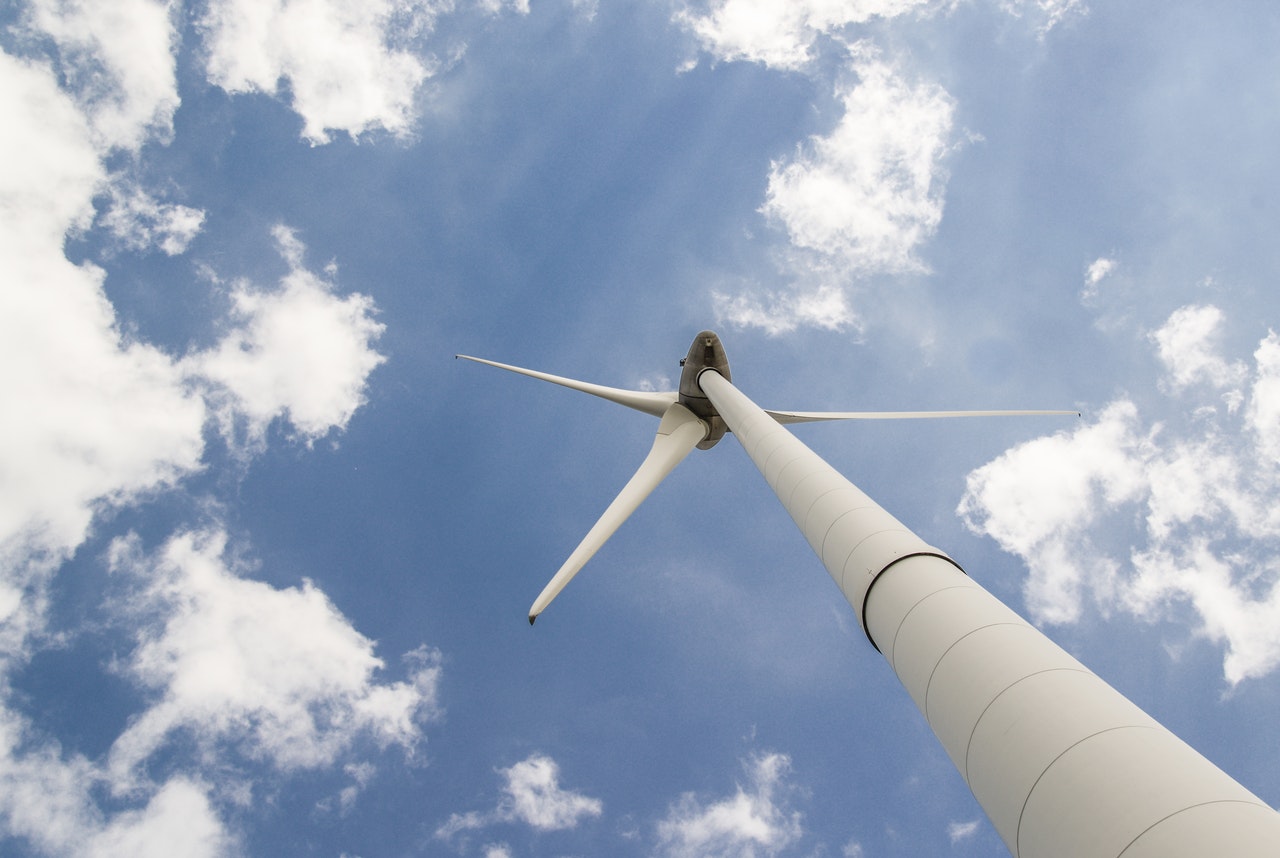How does conservation affect biodiversity? Moreover, why should we care?
The ever-growing demands placed on the environment begs the question. We ask it to ourselves all the time. What will be left? The news, when it comes, is never all that great. In North America birds vanish at alarming rates; frogs may soon join the list of once-were-species. We risk falling into a torrid monoculture, a dystopian future, once the purview of Sci-fi flicks.
Whole ecosystems, once teeming with yet to be discovered life, recoil in horror at the damage we have wrought; the Amazon, the great barrier reef, the forests, and oceans. They are the last living remnants of rich biodiversity, and they are besieged.
So how does conservation affect biodiversity? The short answer is not enough. After all, how much can it do in the face of the mass-scale, slash and burn, pillaging of natural resources that have become de rigueur in the modern age? How can we fight point source pollution, plastic chocked oceans and rain forests burned to the wick for the sake of political expedience?
Sure, it’s one hell of a task but not an impossible one. We are not wasting our time asking “How does conservation affect biodiversity”? Because ‘not enough’ is not the same as nothing at all and the fight needs fighting. Odds be damned.
Of course, first, we need to get our terminology straight. What exactly do we mean when we talk about biodiversity?
Terminal Verbosity
In essence, biodiversity is any form of life, starting with DNA structures and moving on to entire ecosystems.
Even though scientists have already named and described around 1.4 million separate species, there is still a long way to go. Indeed according to research conducted by Hawaii’s University, estimates the actual number of species alive today is closer to 8.7 million.
At only 15 percent of the way towards a complete understanding of biodiversity, a monumental task still awaits. Sadly, we may not have to do the work.
Because we are in the midst of mass extinction.
Species die off all the time with scientists estimating a ‘background rate’ of around one to five species every single year. Current rates of extinction, however, rest at about 1000 times that rate. We lose dozens of species every single day and might have lost as much as 50 percent of our biodiversity by mid-century.
Whether we want to acknowledge it or not, human beings alter the environment by our very existence. Which is something of a tragedy; because one of the most important reasons we should conserve biodiversity is genetic variation.
Why Is Conserving Biodiversity Important?
When we wipe out certain species of animals, it dramatically reduces the variation in the gene pool. But why does gene diversity matter? The process matters because unique traits become lost when species become endangered – things like protection against diseases, predators, and parasites. A feedback loop forms and the whole thing switches to rinse and repeat.
Animals go extinct, the gene pool shrinks and yet more animals vanish from the face of the earth, never to return. Ignoring diversity, then, can have dramatic consequences.
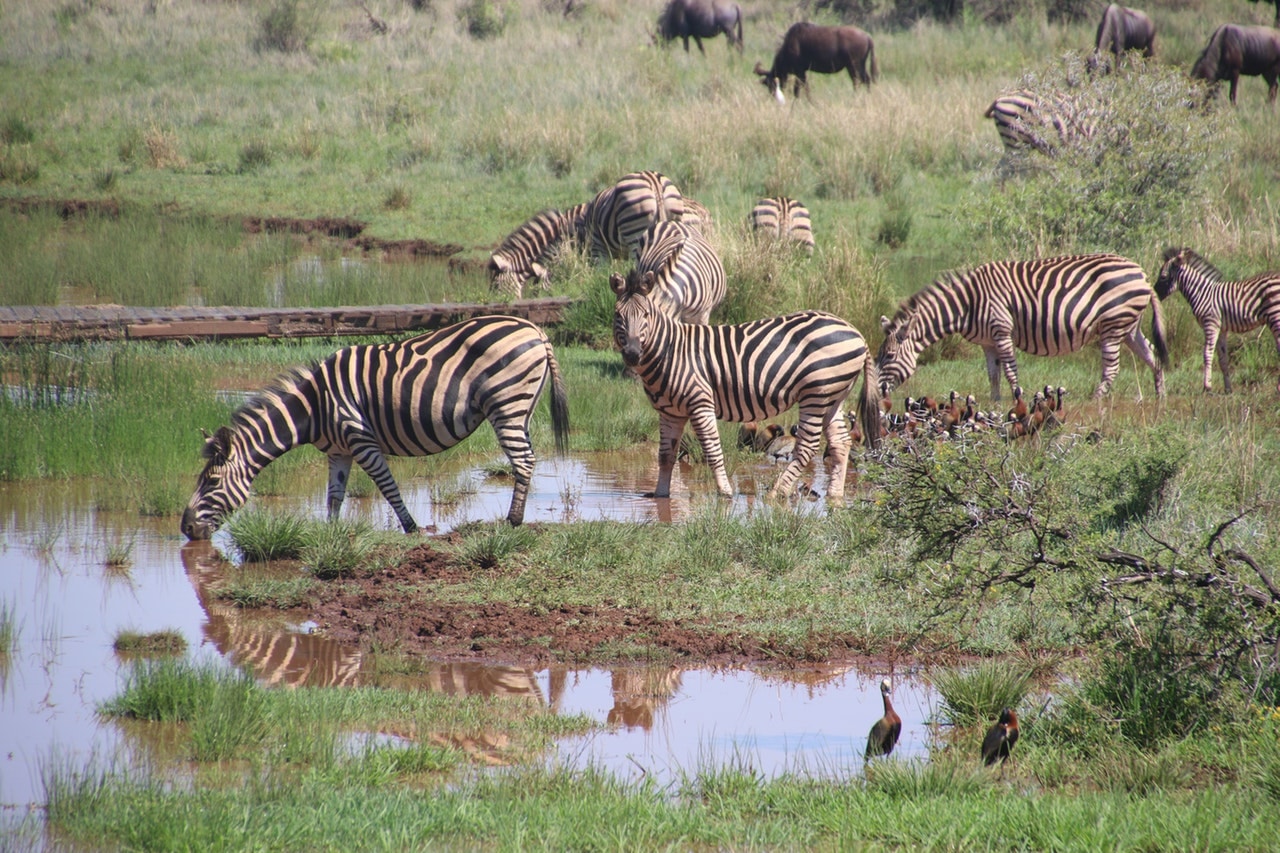
Image by Magda Ehlers via Pexels.
So, although we think the goal of saving as many species as possible from human impact is admirable and worthy of merit in its own right, in truth it is also essential to our well being. There is a line – and nobody knows where it lies – that we cannot cross. There is a point at which biodiversity receives such a mortal wound that we fall victims to the mass extinction ourselves.
The species that do survive us will never get to enjoy the utter irony of it all.
What Are Some of the Impacts of Biodiversity on Human Life
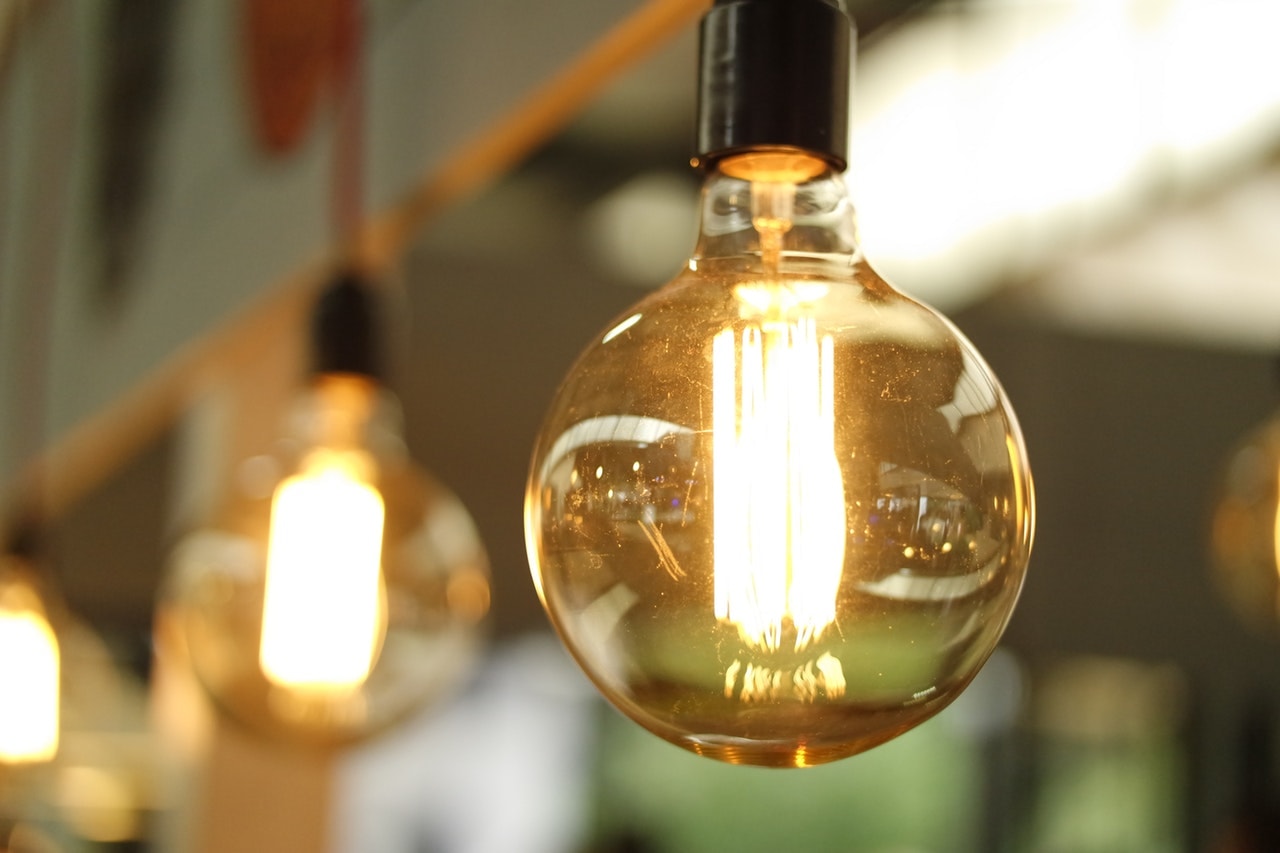
Whether we want to admit it or not, we rely on the planet for a whole host of things. The clothes on our backs to the food in our stomach, the very air we breathe. You would think then, that it stands to reason that we’d want to look after it a bit better. You’d be wrong. Like a man peeing in an Olympic sized pool on a hot summer’s day we stand self-assured that our pollutants are diffuse enough to make little difference. Too late do we notice that everyone has been at it.
Still, the damage we are doing is even worse than taking the occasional mouthful of contaminated pool water.
1) Biological Resources We Can Use
Question: What does the fruit and vegetables you eat at home, the fuel you use in your car, and the wood used in your home burner all have in common? Answer: They all originate from areas of dense levels of biological resource. Even the medicine we rely on for our sickness comes from biodiverse regions of the world.
Unfortunately, social practices often provide a negative, rather than a symbiotic relationship with the environment. The rows and rows of cornfields laid swaying in the midwest breeze sure do look pretty, but they are an environmental disaster waiting to happen. Monoculture farming – in which framers cultivate a single crop over and over again across vast distances – depletes the soil of nutrients.
That the nutrient-dead soil needs every more sophisticated help from fertilizers and bad-for the environment – technologies almost goes without saying. But it’s worse than that. Animals that thrive on a particular crop, thrive, often resulting in a glut of unwanted pests. Meanwhile, other creatures struggle to adapt to habitat destruction’ like panda bears denied access to the bamboo forest they wither away.
Rotating crops and planting them in more diffuse patterns would be a first step towards tackling the problems of monoculture and reversing the trend towards extinction. Such measures require legislation. They also happen to be less profitable for corporations.
2) Good Biodiversity Helps Natural Resources
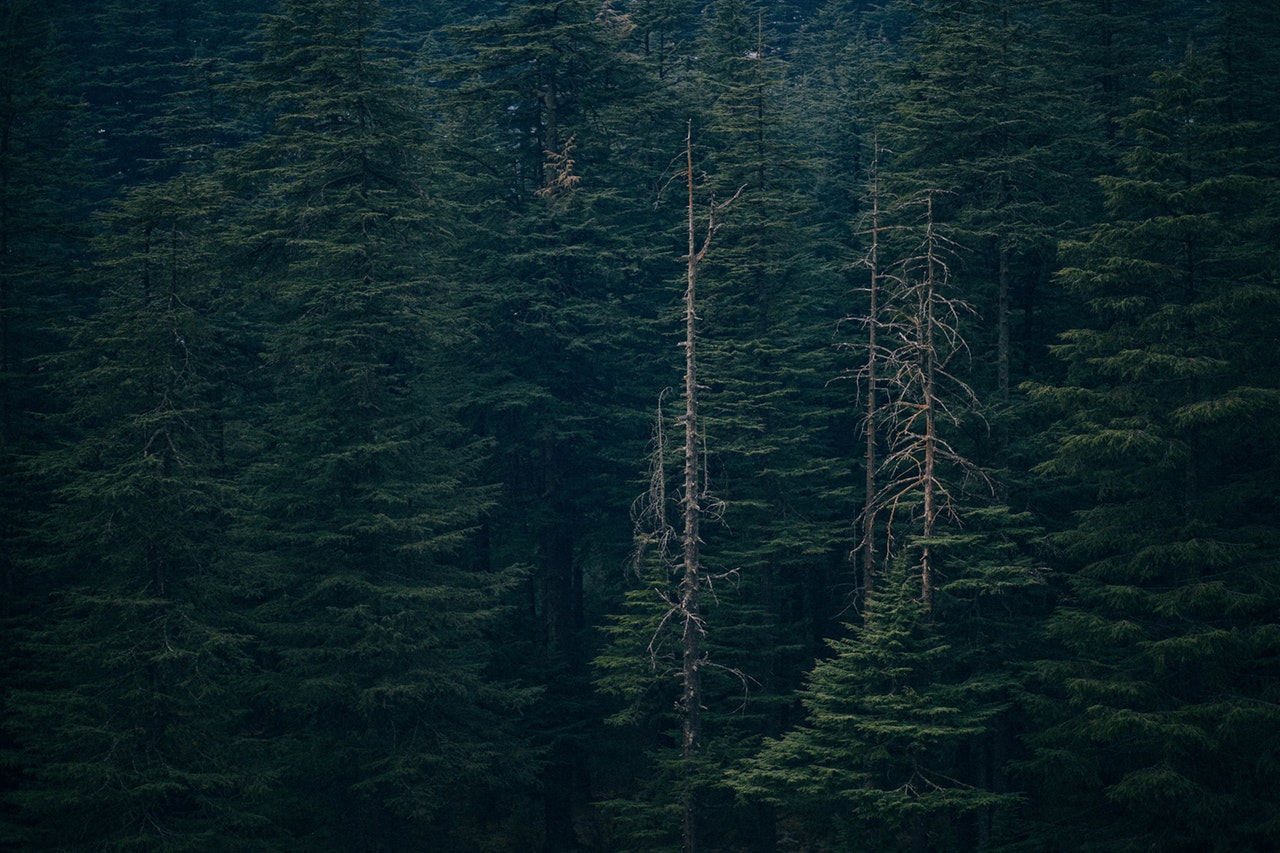
Species often interact with the environment in positive ways. Take trees for example. Thanks to photosynthesis, trees, and other plants soak up both sunlight and carbon dioxide and then release oxygen. Bees help develop natural resources by pollinating flowers, fruit trees, nuts, and other products that we use every day.
Other species, such as mussels, can actually help clean up polluted water. Their tissue absorbs pollution in the water removing the chemicals and pathogens we routinely dump in the water.
Of course, such fringe benefits are contingent upon the continuing existence of the species in question. A world operating under the ‘no bees no trees’ scenario is one unfit for human habitation. If we want our ecosystem to maintain a symbiotic relationship with biodiversity, a higher priority given over to the question of biodiversity is a must.
3) Cultural Benefits of Good Biodiversity
It is no well-kept secret that artists love the environment. Go into any art museum, and you will see brilliant landscapes depicted by painters. Music, whether it is the original song of birds or the sound of running water, has long tried to capture the essence of nature. And dancers try to capture the elegance of bird’s in flight during productions like Swan Lake. As you can see, art imitates nature in more ways than one.
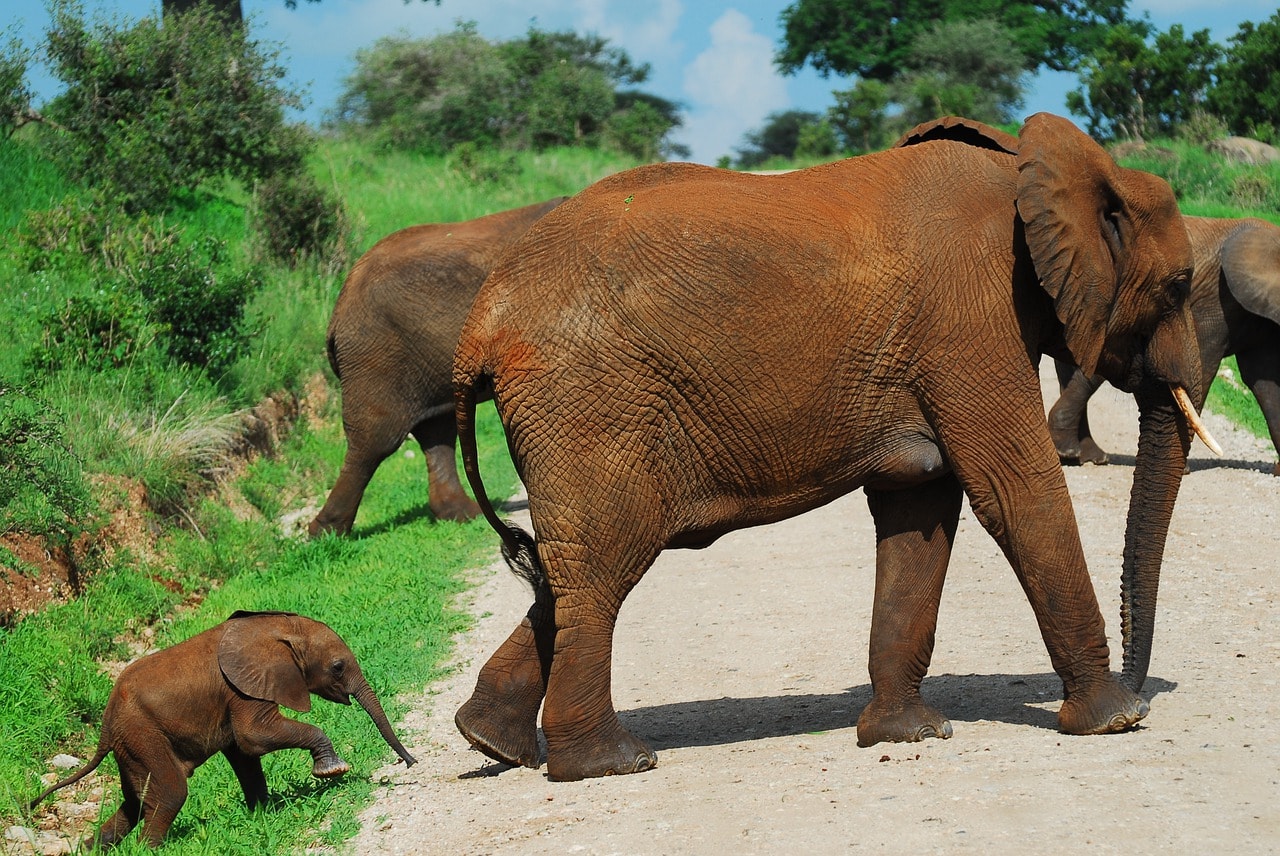
Image by alexstrachan via Pixabay.
Art and beauty go hand in hand. Go into any museum or gallery, and you will see brilliant landscapes depicted by painters. As we all know, though, the wonders of nature do not restrict themselves to mere aesthetic appreciations. That last hiking trip you made. The rejuvenating day-trip to the beach. Spotting wildlife, camping, picnicking or any number of ways to enjoy the great outdoors. Even the gentle walk in the park provides convenient excuses for interacting with the simplicity of a gorgeous day and meeting new people.
Sadly, without the efforts of conservation, it quite likely that these areas would never actually exist. When we provide protected areas for biodiversity to grow, like national parks or wildlife sanctuaries, we allow nature to develop with relatively few impediments. A clean, vibrant environment encourages ecotourism and as such a good clean up often radically improve the local economy; and the wider one too for that matter.
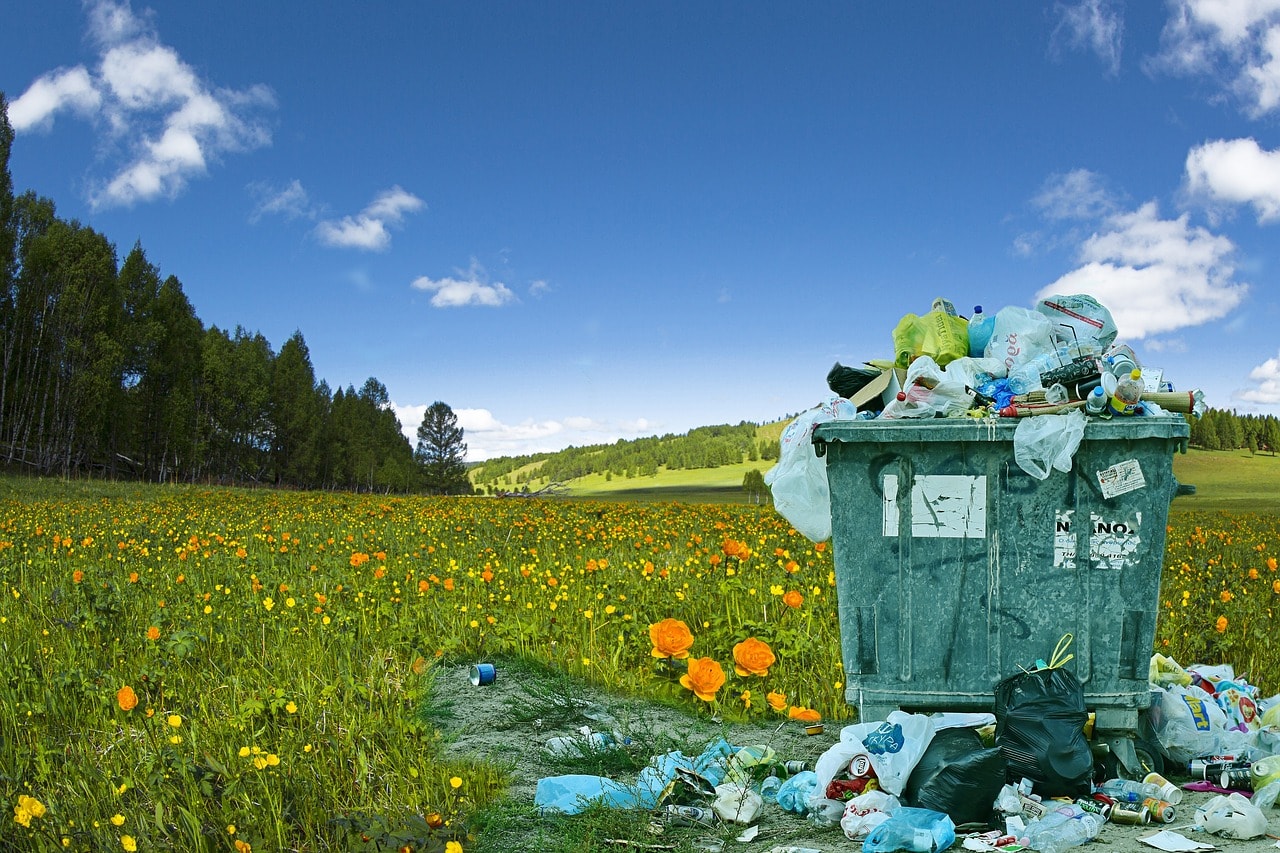
Image by TheDigitalArtist via Pixabay.
So, How Does Conservation Affect Biodiversity?
This planet provides for us. It nurtures us. Asking “How does conservation affect biodiversity?” is all well and good but perhaps we are missing a salient point here.
Perhaps the question should be “What can we do to ensure biodiversity’s continuing existence?” Sure, we can grow our own herbs, recycle and drive an electric car but none of these things are going to turn back the clock. They are sweet, sure, kudos and brownie points all around. However, the crisis we face is an existential one.
Gestures are grand but it’s legislation that we need.
Biodiversity provides real, tangible benefits in terms of fuels, water, and food, and yes, we need all of those things. What we don’t need is to grab handfuls of resources with little or no thought to what comes next.
A clean environment is a virtue in its own right, but today, at this late juncture, it is only via conservation efforts that we can hope to maintain even a semblance of its former grandeur.
Featured image by Skitterphoto via Pexels.

